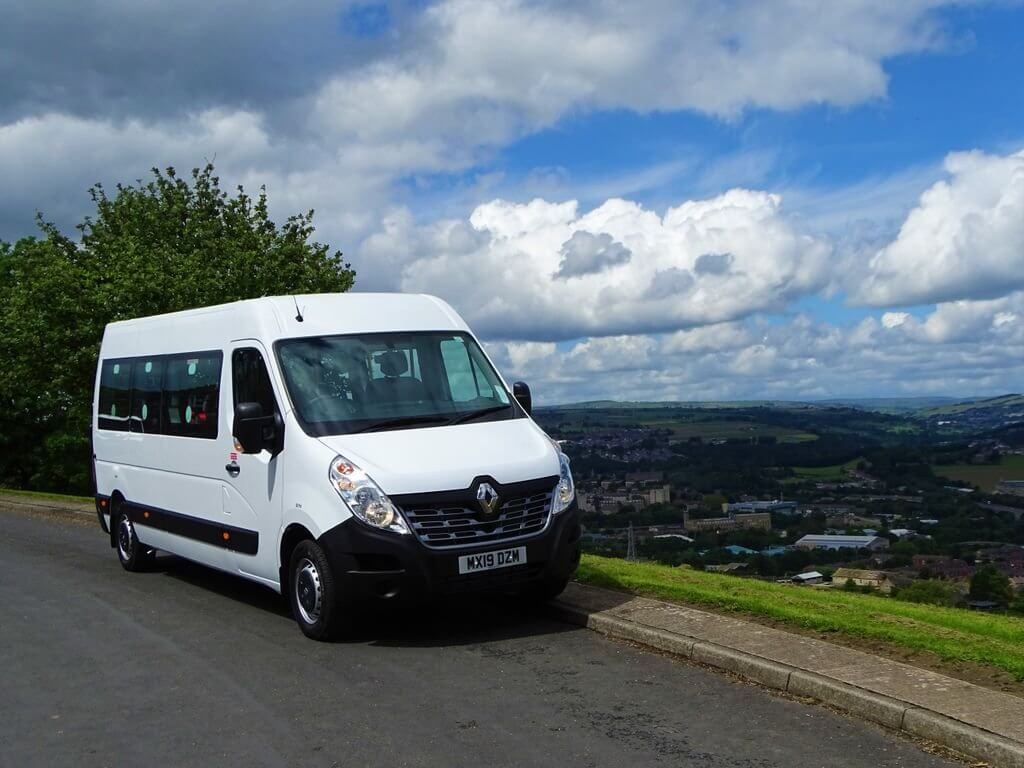
Treka Bus has long been associated with the Mercedes-Benz Sprinter-based Mobility+ product, which has recently evolved with the restyle of the Sprinter. But out of the depths of the Brighouse factory has arisen a new minibus, the Everyday. Richard Sharman visited West Yorkshire to find out more about this new addition to the range
Arriving at the Treka Bus factory in Brighouse, I was to meet Managing Director Morgan Clissett first. Morgan would talk me through why a new vehicle is being introduced, and what hopes he has for it.
Filling a gap in the Treka range
“It has been an interesting development for us at Treka Bus,” explained Morgan. “When I first joined the business in February 2013, our coach built Mobility+ product was what the business was known for. A five-tonne van conversion was not what we were known for, but we had started to produce them.”
“We weren’t really pushing that product, and at that point were building two coach-built minibuses and one van conversion a week. In May of 2013, we took an order for 49 van conversions that needed to be delivered in a short period of time. We needed to build five vans, and two coach-built minibuses a week. A month later and we were meeting that figure.
“We increased our workforce but also found incredible efficiency by going back to the drawing board. When I joined the business it took 14 days to convert a panel van. It now takes just six helped by 1,000 small efficiency changes. From then on van conversions became a second bow to what we do. We have had years, such as 2018, where we have delivered more panel van conversions than we have coach-built vehicles, and yet there are so many people in the world that think we still only produce the Mobility+ product.
[…]
By subscribing you will benefit from:
- Operator & Supplier Profiles
- Face-to-Face Interviews
- Lastest News
- Test Drives and Reviews
- Legal Updates
- Route Focus
- Industry Insider Opinions
- Passenger Perspective
- Vehicle Launches
- and much more!


